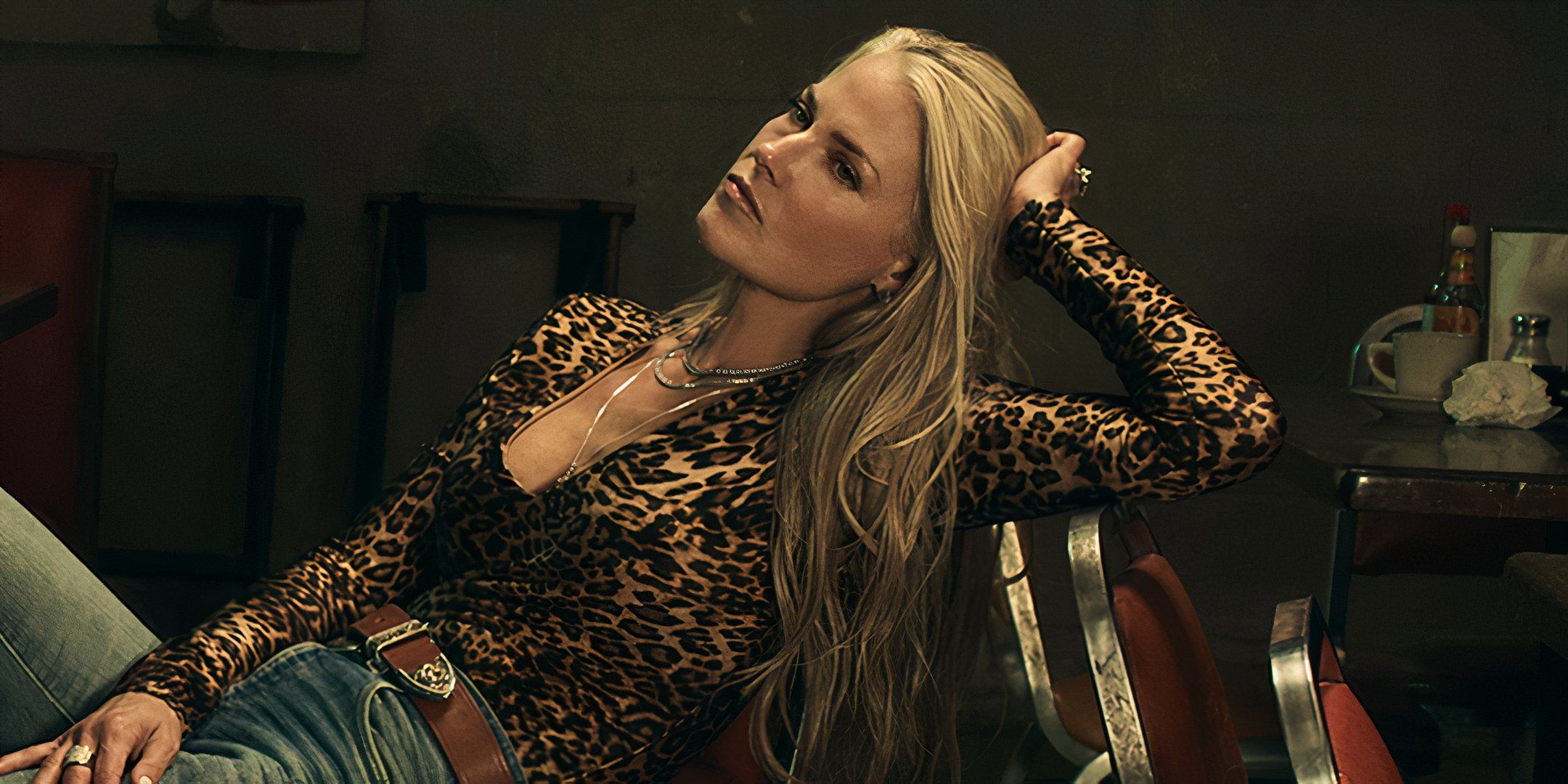The Growing Popularity Of Secondhand: Is This The Golden Age?

Environmental Concerns Fuel the Secondhand Revolution
Rampant consumerism has undeniably contributed to significant environmental damage. Fast fashion, in particular, is a major contributor to textile waste and greenhouse gas emissions. Secondhand shopping offers a powerful antidote to this unsustainable cycle. By choosing pre-owned items, we actively reduce the demand for new products, minimizing the environmental impact of manufacturing processes.
- Reduced demand for new products, lessening manufacturing impact: Every secondhand purchase translates to one less item needing to be produced, saving resources like water, energy, and raw materials.
- Extension of the lifespan of existing goods, minimizing landfill waste: Giving clothing, furniture, and other goods a second life significantly reduces the amount of waste ending up in landfills. This helps combat pollution and conserve valuable resources.
- Lower energy consumption compared to producing new items: Manufacturing new goods is energy-intensive. Buying secondhand significantly reduces this energy consumption, contributing to a smaller carbon footprint.
Organizations like the Ellen MacArthur Foundation actively promote circular economy models, highlighting the crucial role of secondhand markets in reducing textile waste. Successful secondhand initiatives, such as clothing swaps and online platforms dedicated to pre-owned goods, demonstrate the growing consumer interest in sustainable alternatives.
Affordability and Accessibility: Secondhand for Everyone
The economic benefits of buying secondhand are undeniable. It's a smart way to save money, making desired items accessible to a wider range of consumers. For students navigating tight budgets, secondhand shopping is a lifeline, offering access to textbooks, clothing, and electronics at significantly lower prices. Budget-conscious consumers of all ages find immense value in purchasing high-quality items at a fraction of the original cost.
- Lower prices compared to new items: Secondhand goods are inherently cheaper, allowing for more purchasing power.
- Access to luxury goods at affordable prices: The secondhand market offers opportunities to own designer labels, vintage finds, and other premium items that would otherwise be financially unattainable.
- Opportunities to find unique and rare items: Secondhand stores and online marketplaces are treasure troves of unique and hard-to-find items, unavailable in mainstream retail.
Consider the example of a designer handbag: a new one could cost thousands, while a gently used version in excellent condition might be available for a fraction of that price. This principle applies across diverse product categories, making secondhand shopping a financially savvy choice.
Unique Style and Individuality: The Rise of "Preloved" Fashion
The appeal of secondhand extends beyond economics and environmental concerns; it's about embracing unique style and self-expression. In a world saturated with mass-produced items, many consumers are drawn to the individuality offered by preloved pieces. Vintage clothing, in particular, is experiencing a major resurgence, with consumers seeking out one-of-a-kind items that reflect their personal style and values.
- Discovering one-of-a-kind pieces not found in mainstream retail: Secondhand shopping offers unparalleled opportunities to curate a unique wardrobe, expressing individuality through clothing and accessories.
- Expressing personal style through curated secondhand wardrobes: The ability to discover rare items allows for the creation of a truly unique and personal style, reflecting individual taste and personality.
- Participating in a more sustainable and ethical fashion movement: Choosing secondhand fashion is a statement, demonstrating a commitment to sustainability and responsible consumption.
Influencers and celebrities alike are increasingly promoting secondhand fashion, showcasing its versatility and contributing to its growing appeal. This shift reflects a broader cultural movement towards conscious consumerism and individualized style.
Technological Advancements Boosting the Secondhand Market
The rise of the internet and mobile technology has revolutionized secondhand shopping. Online platforms like eBay, Depop, and Poshmark have created seamless marketplaces, connecting buyers and sellers globally. This increased accessibility, coupled with improved search functionalities, has propelled the growth of the secondhand sector.
- Increased accessibility through online marketplaces (e.g., eBay, Depop, Poshmark): These platforms offer unparalleled convenience, allowing consumers to browse and purchase secondhand items from anywhere in the world.
- Improved search and filtering options for finding specific items: Advanced search features make it easy to find specific items, brands, or styles, significantly enhancing the shopping experience.
- Secure payment and shipping options: Safe and reliable payment and shipping systems build trust and confidence, encouraging wider participation in the secondhand market.
Conclusion
The growing popularity of secondhand goods is undeniable. The environmental benefits, affordability, unique style opportunities, and technological advancements all contribute to its rise. This shift in consumer behaviour signifies a true golden age for the secondhand market. It's a win-win-win: good for your wallet, good for your style, and crucially, good for the planet. Join the secondhand revolution and discover the joys of sustainable and stylish shopping. Explore the amazing world of pre-owned and preloved items today!

 Analysing Uk And Australian Approaches To The Myanmar Conflict A Critical Assessment
Analysing Uk And Australian Approaches To The Myanmar Conflict A Critical Assessment
 Funeral For Teenager Fatally Stabbed At School
Funeral For Teenager Fatally Stabbed At School
 Gibraltar Un Accord Post Brexit Imminent
Gibraltar Un Accord Post Brexit Imminent
 She The Reverse Engineer Ali Larter Hints At Angelas Season 2 Storyline
She The Reverse Engineer Ali Larter Hints At Angelas Season 2 Storyline
 Nba Draft 2025 Teams Most Likely To Land Cooper Flagg
Nba Draft 2025 Teams Most Likely To Land Cooper Flagg
